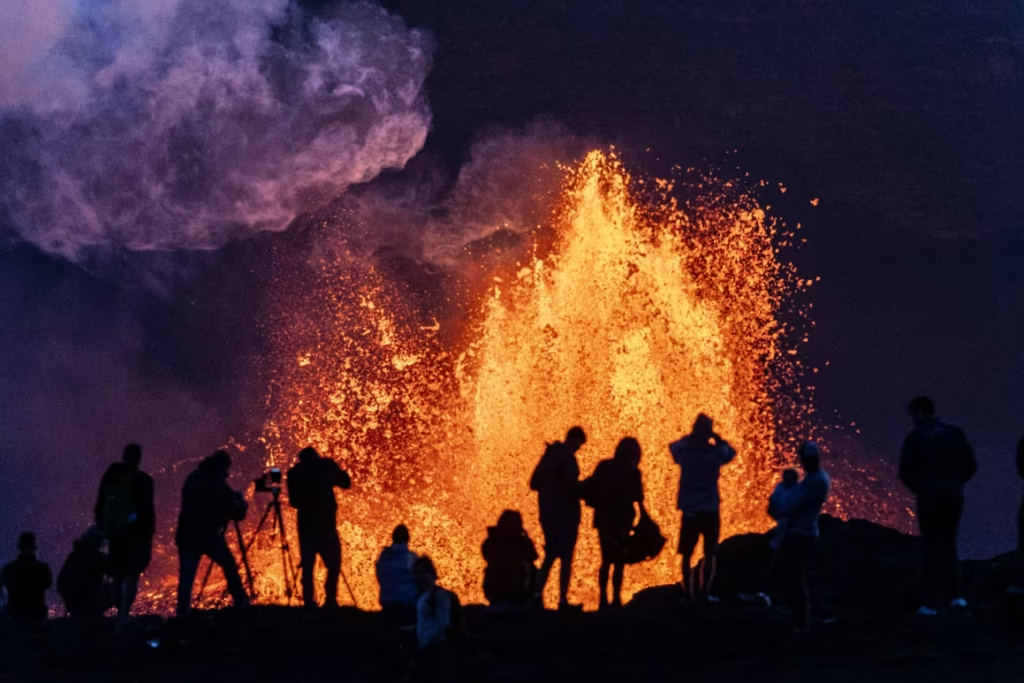Hawaiʻi Island — Kīlauea, one of the world’s most active volcanoes, erupted once again this week, sending dramatic lava fountains as high as 330 feet (100 meters) into the air.
The eruption began early Tuesday inside Halemaʻumaʻu Crater at the summit, with lava first emerging from the north vent before spreading to the south and central vents. The fiery display marked the 32nd eruptive episode since the volcano’s latest cycle began in December 2024.
According to the U.S. Geological Survey, the lava activity remains confined to Hawaiʻi Volcanoes National Park, meaning nearby residential areas are not under threat. No damages have been reported, and the eruption is currently considered safe to view from designated park areas.
While geologists compare the pattern of these weekly lava fountains to activity last seen in the 1980s during the Puʻuʻōʻō eruption, for many Native Hawaiians, the event carries deeper meaning. Cultural practitioners view the eruptions as the living presence of Pele, the revered volcano goddess, and mark them with chants and ceremonial offerings.
Park officials, however, have urged caution for the influx of visitors eager to witness the spectacle. Hazards such as uneven ground, volcanic gases, and hidden fissures remain a concern, and tourists are advised to stick to marked trails and heed safety alerts.
The eruption has once again put Kīlauea in the global spotlight, serving as a reminder of both the raw power of Earth’s geology and the cultural traditions that see these events as more than science, but as expressions of a living landscape.


